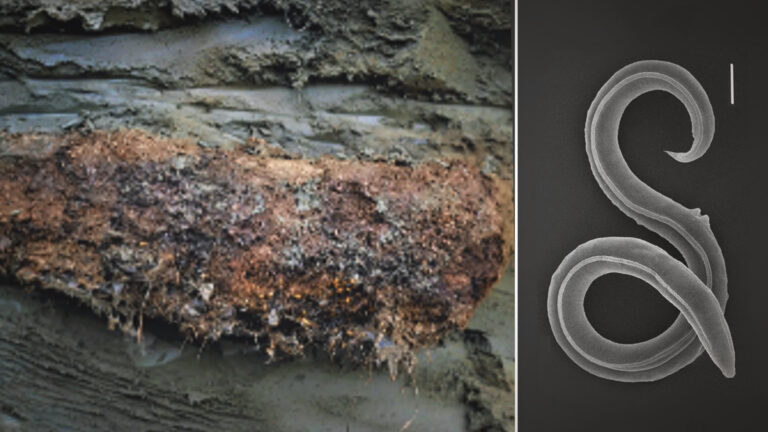a Giant Iceberg Broke Off Antarctica, Scientists Discovered Something Amazing Beneath It!
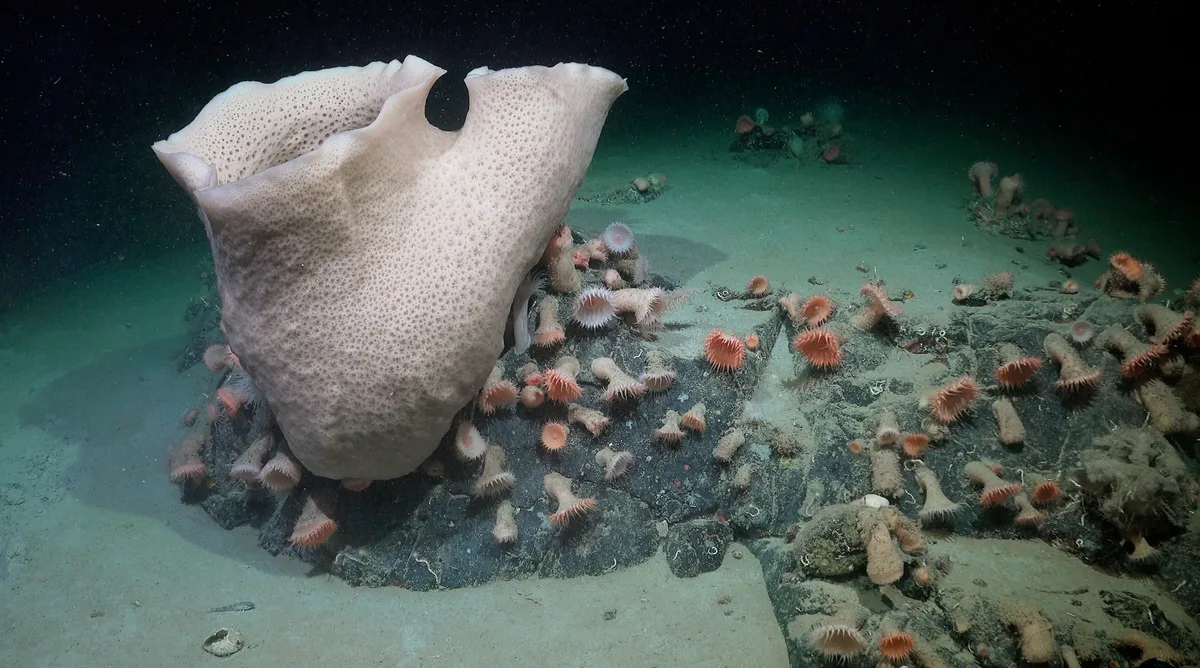
For centuries, the deep waters beneath Antarctica’s thick iceberg shelves have been completely sealed off from the outside world. Until recently, scientists knew little about what could possibly survive in such a harsh, dark environment. However, recent discoveries have completely changed our understanding, unveiling a thriving ecosystem under the ice. How do these creatures manage to survive without sunlight and the usual sources of food? Let’s dive into the fascinating world beneath Antarctica’s icy surface.
The Breakthrough Discovery
In January 2025, a huge iceberg, measuring 510 square kilometers (about the size of Chicago), broke away from the George VI Ice Shelf. This sudden event exposed a portion of the seafloor that had been hidden for centuries. Researchers aboard the Schmidt Ocean Institute’s research vessel, R/V Falkor, jumped at the opportunity to investigate what lay beneath the ice. Armed with cutting-edge technology, including the remotely iceberg operated vehicle (ROV) SuBastian, they embarked on a remarkable eight-day survey of the seabed.
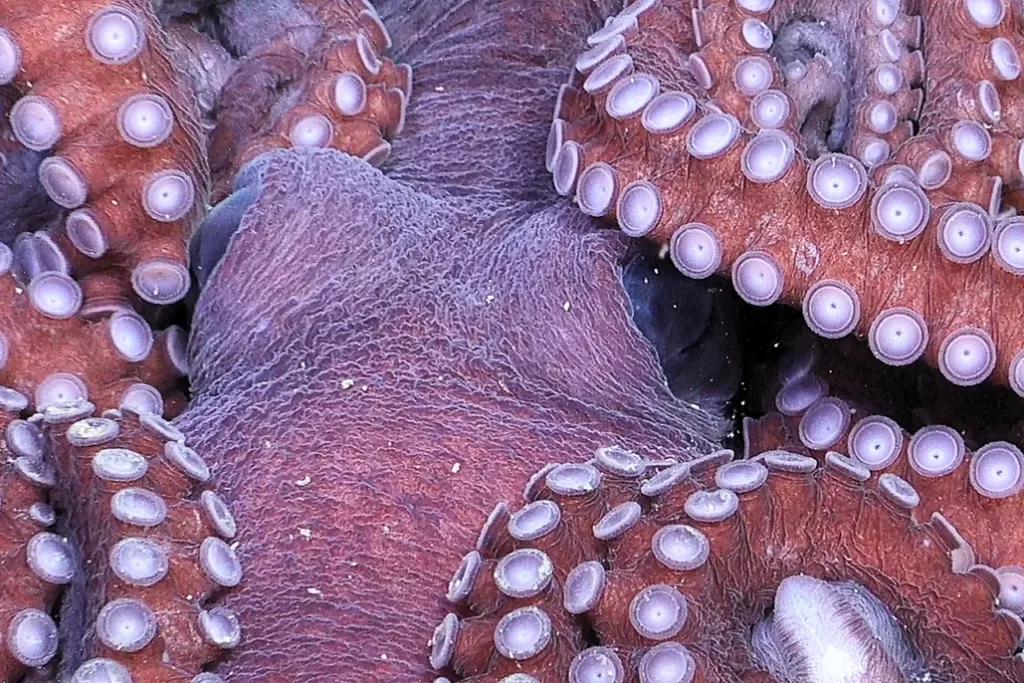
A Thriving Ecosystem in Darkness
What the team discovered was nothing short of astonishing. Despite being in total darkness, hundreds of meters beneath thick layers of ice, a diverse and vibrant ecosystem was thriving. Dr. Patricia Esquete, one of the expedition scientists, noted, “We didn’t expect to find such a beautiful, thriving ecosystem. Based on the size of the animals, the communities we observed have been there for decades, maybe even hundreds of years.”
The ROV captured breathtaking images of this hidden iceberg world, revealing a range of marine life. Large corals and sponges hosted a variety of creatures, including icefish, enormous sea spiders, octopuses, and even a giant phantom jellyfish. This species of jellyfish, which can grow up to a meter in diameter, has ribbons of oral arms that can extend over 10 meters in length. The team suspects they may have even discovered several species previously unknown to science.
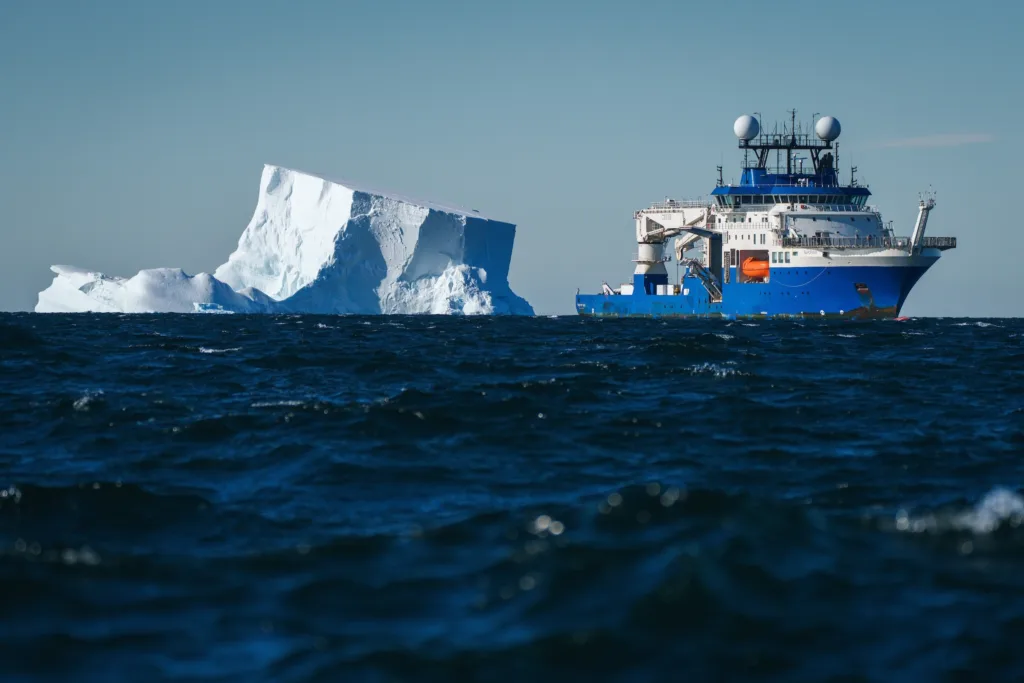
Surviving Without Sunlight
One of the biggest mysteries posed by this discovery is how life can thrive without sunlight. Deep-sea ecosystems typically rely on organic material that sinks from surface waters, providing food to marine life in the depths. However, this part of Antarctica had been sealed off by a thick 150-meter layer of ice for centuries. So, how were these creatures able to survive in such an isolated environment?
The researchers propose that ocean currents could be bringing iceberg essential nutrients to this hidden world. These currents might carry plankton and other organic material from different parts of the ocean, providing food for the organisms living beneath the ice. This could explain how such a diverse ecosystem has survived and thrived in complete isolation.
New Perspectives on Antarctic Life
The discovery beneath Antarctica’s ice shelves is a game-changer in the iceberg study of life in extreme conditions. The team’s findings suggest that life can adapt to some of the harshest environments on Earth, surviving in total darkness and extreme cold. With the potential for discovering new species, these findings open the door to a whole new understanding of life in one of the most unexplored regions of the planet.
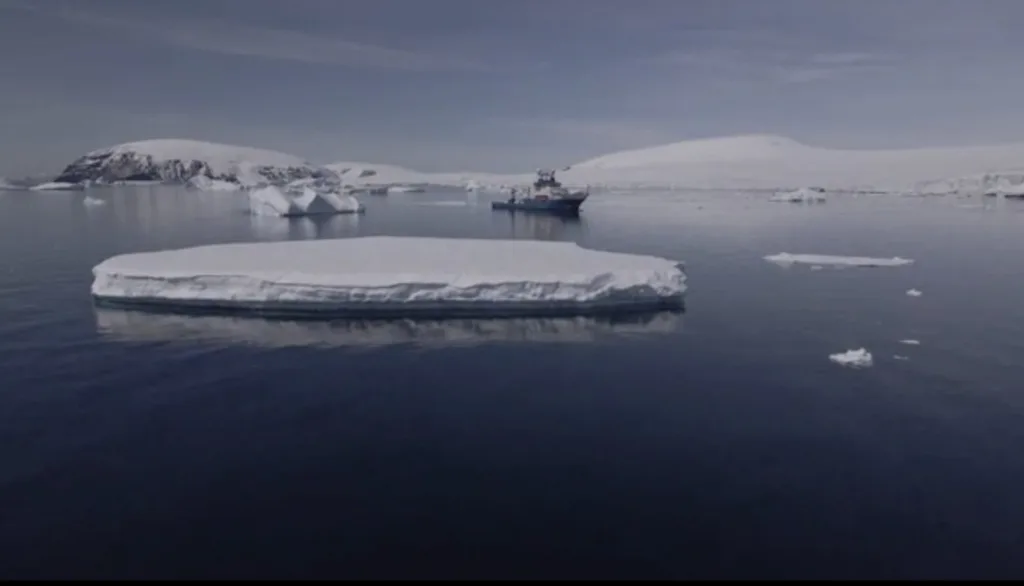
Dr. Esquete and her team are excited about the possibilities. “We’ve just scratched the surface,” she says. “There’s so much more to learn about this hidden world, and it’s likely there are many more discoveries to be made.”
Why It Matters
This research is more than just a scientific curiosity. Understanding how life can thrive in such extreme conditions could help scientists better predict how life might exist on other planets. It also highlights the importance of protecting fragile ecosystems like those in Antarctica, which remain largely untouched by human activity.
As climate change continues to impact the polar regions, discoveries iceberg like these remind us how much we still have to learn about our planet’s most mysterious places. The more we uncover about life beneath the ice, the more we realize how resilient nature can be, even in the harshest environments.

The Future of Antarctic Exploration
With new advancements in technology and more missions planned to iceberg explore Antarctica’s remote regions, we’re likely to uncover even more hidden ecosystems in the coming years. The team aboard R/V Falkor is already planning their next steps, eager to explore further and understand the delicate balance that supports these mysterious creatures.
In the end, the discovery of life beneath the Antarctic ice shelves has opened up a whole new chapter in the study of life on Earth, one that challenges our understanding of what is possible and encourages us to protect the unknown wonders of our planet.

